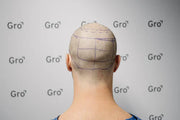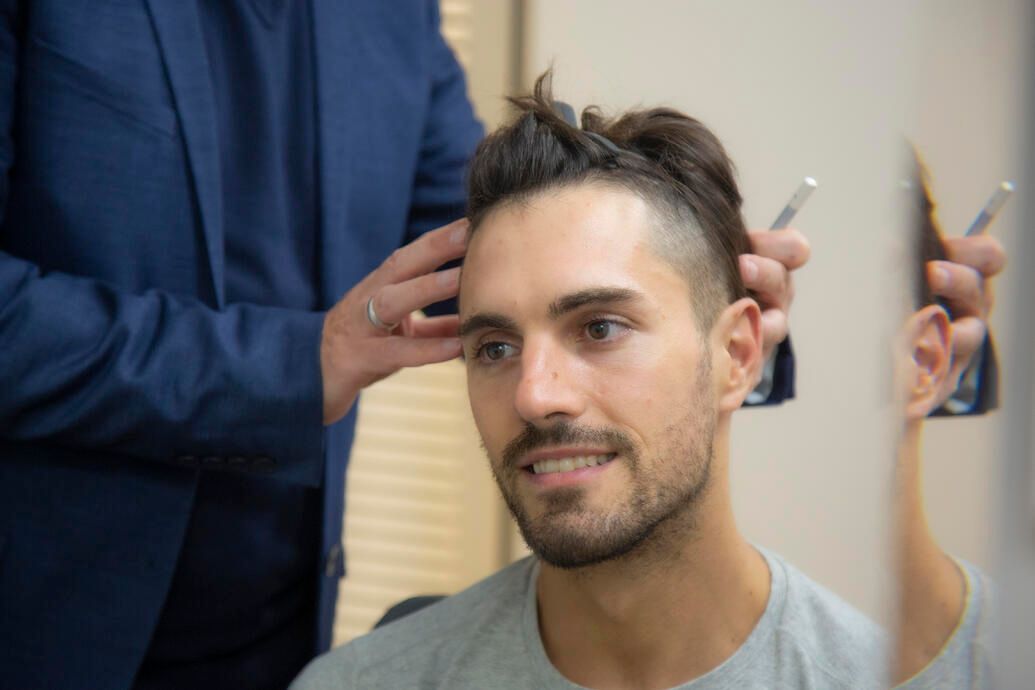Thinning hair and hair loss is always a confronting experience, but non-surgical treatment can feel like a big mission to take on too. Scalp micropigmentation is one alternative to hair transplant procedure that is becoming increasingly popular to address hair loss.
Scalp micropigmentation provides a non-invasive and pain-free solution that doesn’t require the implantation of hair follicles. It’s quick, painless, and the results are immediate. Minimal time is required in the chair for the procedure. Patients who wear a hairpiece can benefit from this procedure, and it can also be done on facial hair such as eyebrows.
This article explains the process of scalp micropigmentation, how it works and the results you can expect.

What is scalp micropigmentation?
Scalp micropigmentation (Direct MPG) is an innovative hair restoration method for hair loss and sparse hair. In Direct MPG (also known as Cosmetic Hair Follicle Replication), hair-like dots are created on the scalp to mimic the appearance of hair follicles. It’s not a tattoo, nor a form of cosmetic makeup. Patients are able to achieve the look they want generally in 1-2 sittings and enjoy immediate results.
To achieve a thickening effect on your hair, scalp micropigmentation can be used in between current hairs to make the hair appear denser overall, or it can be used on a bald area to create a shaven look. It’s a semi-permanent treatment with results lasting 3-5 years.
Micropigmentation: expected results
The most natural-looking results are achieved by using ink that matches closely with your hair colour. When the technique is applied to a razor-shaven scalp, it will give the appearance of growing stubble. For those who micro-pigment in between current hair, it will give the appearance of having more hair follicles.
Anyone dealing with androgenetic alopecia, whether male or female, can use the micro-pigmentation technique as a solution to hair loss. It provides a non-invasive and pain-free solution.
Limits of micropigmentation
The downside of micropigmentation is that the small dots that mimic hair follicles do just that – they only mimic hair follicles. With longer hair, micropigmentation won’t help with actual density, it just creates the appearance of it on the scalp.
If you’re wanting to actually grow back thicker hair in the lengths, consider looking into hair loss medication or a hair transplant micro-transplant. Sometimes the best results can be achieved by combining a couple of different treatments together, but the ideal solution will be different for everyone. If you’d like to speak to someone about your options, you can book an online or in-person consultation with one of our Hair Growth Specialists.
Next steps
If you have been considering treatment for hair loss, come in and talk to us about your options. Simply click on one of the buttons below, or call us on 1300 787 563.













